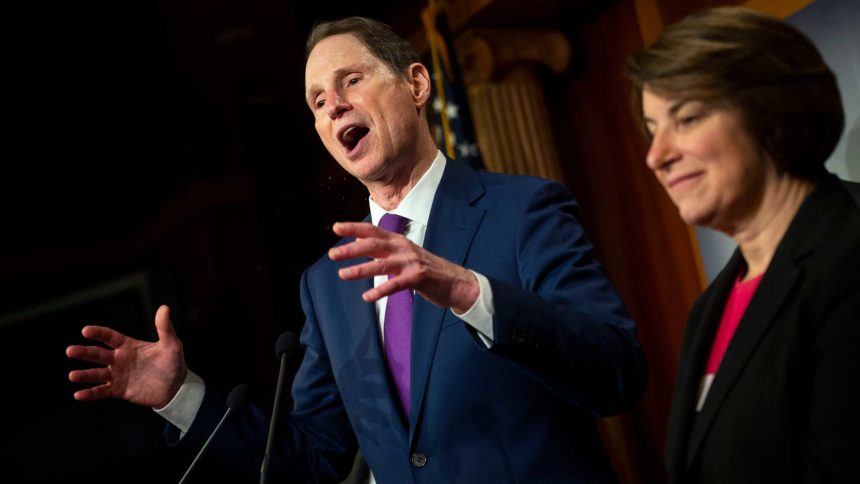
Nursing homes welcomed 2020 in all-too- familiar territory: A looming regulatory and reimbursement climate of uncertainty.
As if that weren’t enough, providers now find themselves monitoring critical public policy issues on numerous fronts.
In some respects, these are atypical times on the finance front for the country’s 15,000-plus skilled nursing facilities.
Pressing for most providers is the specter of sweeping oversight legislation that could be enacted before year’s end. Sponsored by Senate Finance Chair Charles Grassley (R-IA), the package reportedly calls for heightened nursing home scrutiny, including more muscle in the survey enforcement efforts.
Grassley acknowledged part of the motivation to ratchet up oversight is driven by ongoing quality issues in the nation’s nursing homes, citing a recent Government of Accountability report of a doubling of elder abuse deficiencies between 2013 and 2017.
These and other developments spurred LeadingAge President and CEO Katie Smith Sloan to warn lawmakers about larger-than-normal numbers of Medicaid shortfalls and facility closures. In a Dec. 6, 2019, letter to Grassley and Sen. Ron Wyden (D-OR, pictured above), she said such developments “threaten the survival of … providers, truly the ‘safety net’ for people who need long-term care.”
More than 500 homes have shuttered over the past five years, including record numbers of rural facilities.
Among Smith Sloan’s recommendations: Allowing SNFs to explore alternative quality assurance measures, including reduced penalties for self-reported deficiencies and more stringent surveyor qualifications and vetting.
Also in late 2019, the provider community learned that a Trump administration rule would endanger Medicaid supplemental payments, which facilities traditionally depend on to shore up financing gaps. The Medicaid Fiscal Accountability Rule would crack down on so-called “impermissible financing arrangements.”
AHCA President and CEO Mark Parkinson said “provider taxes and supplemental payment arrangements both have become very important financing sources for long-term care providers.”
From the February 2020 Issue of McKnight's Long-Term Care News




